JFK and Jackie's Final Hours Before Assassination: 5 Harrowing Details in Emotional New Docuseries
- Oops!Something went wrong.Please try again later.
- Oops!Something went wrong.Please try again later.
- Oops!Something went wrong.Please try again later.
In "JFK: One Day in America," surviving witnesses reflect on the joy the Kennedys felt during their 1963 Texas tour before tragedy abruptly struck
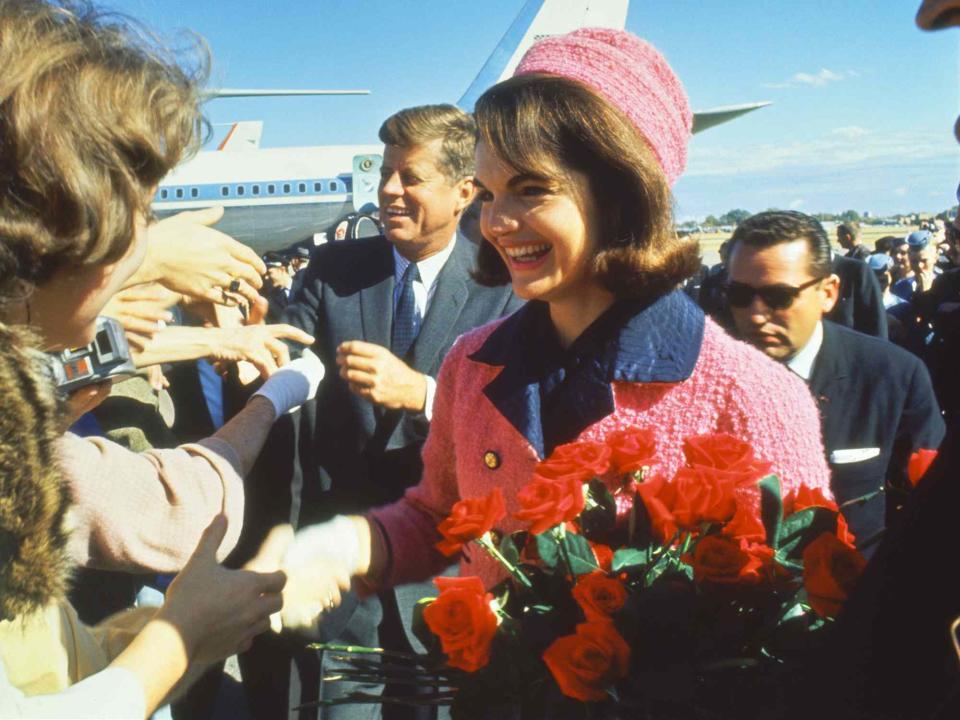
Nat Geo's new docuseries JFK: One Day in America marks the 60th anniversary of President John F. Kennedy's assassination by bringing some of the last surviving witnesses together to reflect on the whirlwind couple of days surrounding the president's murder on Nov. 22, 1963.
Split into three parts — which premiered live Sunday night and are now available to stream on Disney+ and Hulu — the documentary begins with President Kennedy arriving in Texas with Jackie to campaign for reelection and takes readers through the days that followed, in which both JFK and his assassin were fatally shot.
Here are the most chilling details raised in JFK: One Day in America about Jack and Jackie's final, joyful hours before tragedy struck.
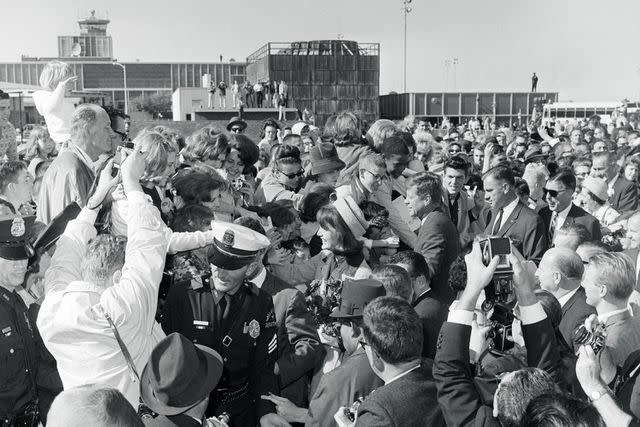
Bettmann/Getty
President and Mrs. Kennedy are greeted by many well wishers at the Dallas Love Airport on Nov. 22, 1963Secret Service was briefed to stay alert in Dallas, warned that it was 'The City of Hate'
President Kennedy won Texas by only 2% in the 1960 election, and with his reelection looming, the powerful state would be a key element to securing another term in office. So, in November 1963, White House principals and officials set out to make an impression.
"They wanted to get out in front early," former Secret Service agent Clint Hill, assigned to the first lady's detail, says in the documentary. Jackie Kennedy, who generally avoided campaign trips, agreed to come along and assist in wooing voters. "She wanted to do everything she could to help President Kennedy get elected in 1964," Hill says.
Sid Davis, then a White House correspondent for Westinghouse Broadcasting Company, recalls the press pool feeling "trepidation" about what kind of reception Kennedy would get when he touched down, saying, "We knew that Texas was not a Kennedy state."
Related: National Archives Releases New Batch of Secret JFK Assassination Records
JFK and Jackie arrived in Texas on the afternoon of Thursday, Nov. 21, splitting the day between San Antonio and Houston before ending the night in Fort Worth. "We were all in a good mood and felt there was no sign of animosity, anything like that," former Secret Service agent Paul Landis says about being greeted by large crowds throughout the day, including in Fort Worth.
But there was a particular fear about the Dallas leg of the trip, scheduled for the second day, Landis recalls. "The day we left, we had a briefing and everyone was given their assignments of what they would be doing. And this was the first I learned that Dallas had a moniker, 'The City of Hate,'" he says. "I knew nothing about it being a bad political environment."
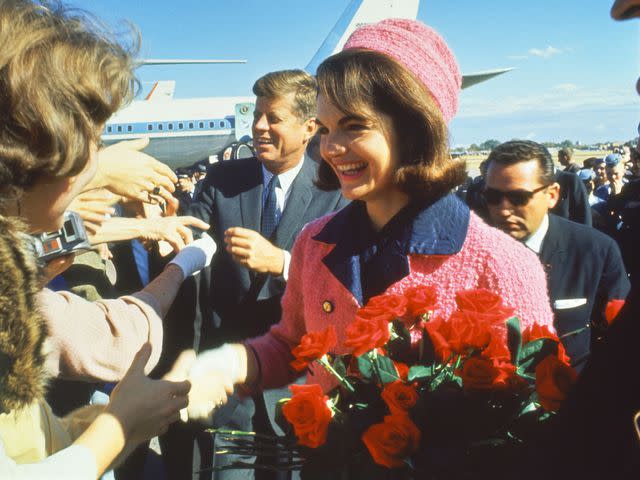
Ahead of the Nov. 22 visit, the Dallas Police chief warned citizens to behave and show respect to the president during his visit; the Dallas mayor told reporters that while he expected there to be protesters on both extremes of the political spectrum, "we anticipate no trouble."
Though the Kennedys were greeted with numerous adoring fans upon arriving in Dallas, Lee Harvey Oswald would soon prove the Secret Service's worst fears true.
"We knew there was a group in Dallas that did not like or did not agree with President Kennedy's position on many things," Hill adds. "How far they were willing to go for that, I did not know. We did not know."
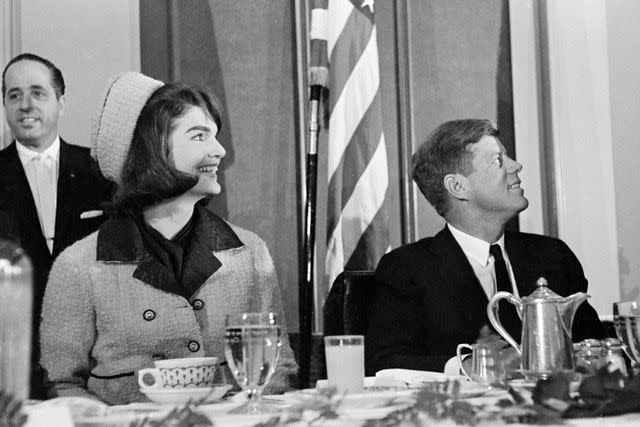
Bettmann/Getty
The Texas campaign trip served as Jackie's grand return to public life after grieving the loss of her son
In August of 1963, Jackie gave birth to Patrick Bouvier Kennedy — the first infant born to a sitting president and first lady since the 19th century. But two days later, Patrick died of infantile respiratory distress syndrome, pushing Jackie to retreat from public view while she grieved.
When Jackie decided to return to the spotlight in a bold fashion — accompanying her husband on the campaign trail in Texas three months later — the world was eager to get a glimpse (and seemingly touched by the first couple's more outward affection toward one another in the wake of tragedy).
"She was getting over [Patrick's death]," Davis recalls in the documentary. "This was her first visit out of the White House, in the public, and so it was an uplifting thing for people to see her out and smiling."
He continues: "President Kennedy really wanted Jackie to be seen by everybody in Texas. Texas was such an important state. He felt that with Jackie along, he would do better."
Related: A Tribute to the 'Magic' of Jackie Kennedy's Life, Legacy & Style
When the president attended a breakfast event in Fort Worth on the morning of the assassination, the crowd seemed disappointed to find that Jackie was not beside him, witnesses remember. The disappointment grew so heavy that the president's team demanded Agent Hill bring Jackie from her hotel room down to the event.
"When she walked into the room, the crowd just got out of its chairs and started cheering," Davis says, reinforcing the idea that Jackie was JFK's superpower. "I'd never seen her happier than she was that morning."
"There was something magical about this trip, and I think it was Jackie"
Sid Davis, Former White House Correspondent
Upon the couple's arrival at Dallas Love Field Airport an hour before the president was shot, Jackie took a rare moment to approach the sea of excited fans and personally greet them. "Mrs. Kennedy normally wouldn't do that, but she went along right behind [President Kennedy]," Hill says. She was back in the swing of things — and enjoying it.
Related: Jackie Kennedy's Secret Service Agent Opens Up About His Suicide Attempt After JFK Assassination

JFK insisted on riding through Dallas in a convertible to remove barriers between himself and voters
When White House officials were planning the Dallas motorcade, President Kennedy told his team that he wanted the top of his vehicle to be removed when they drove through town.
"The president insisted on having an open car, because he wanted to feel as close to the people as possible," Hill says in JFK: One Day in America. "He wanted the people to feel there was never any barrier between them and him."
It rained a little bit in Dallas that morning, but stopped before the Kennedys' celebratory procession through town began.
"By the time we were ready to leave," Hill says, "the word was, 'The top is to be off.'" As crowds enthusiastically flooded the streets and climbed structures around town to see the first couple, it seemed a smart decision to remove the physical and metaphorical barrier separating JFK from potential voters — but of course, it created logistical challenges for the security team.
Related: John F. Kennedy Assassination Anniversary: What Happened on Nov. 22, 1963
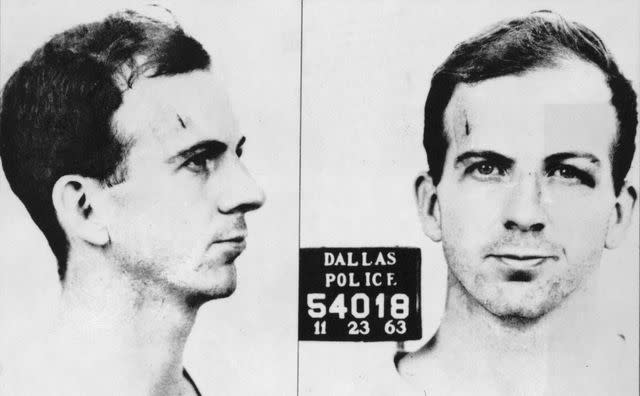
Lee Harvey Oswald told his co-worker he was carrying 'curtain rods' when he arrived to work with a box before the assassination
Buell Frazier, a co-worker of JFK assassin Lee Harvey Oswald, tells Nat Geo that he didn't think twice about Oswald's behavior on the morning of Nov. 22, 1963.
"That Friday felt like any other Friday morning," Frazier recalls. "I drove Lee Harvey Oswald to work because Lee did not own a car. We listened to the radio." Frazier continues by explaining that Oswald was generally a quiet person who wouldn't typically initiate a conversation. "The thing he would talk most about was his child."
On the way to work, Frazier noticed a package sitting on the back seat, but didn't look at it very carefully. "I said, 'What's in the package Lee?'" Frazier remembers. "And he says, 'Curtain rods.'"
Frazier notes that when they parked, Oswald got out and grabbed the package and walked off on his own. "We always walked together, but not this morning," Frazier says. "It ain't ever dawned on me that anything was different."
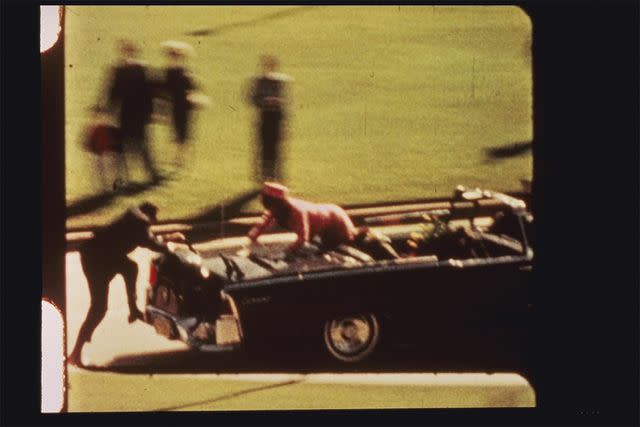
Jackie wouldn't let go of JFK's body when the motorcade arrived at the emergency room
When President Kennedy and Texas Gov. John Connally were shot, chaos erupted and the motorcade sped off toward Parkland Memorial Hospital. "Mrs. Kennedy was screaming, 'They shot his head off! I love you Jack,'" Hill says. "[She] was in shock, with the president's head in her lap."
Hill continues, explaining that when they arrived at the hospital, Jackie remained in shock and would not let go of his body.
"I pleaded with her, I said, 'Please Mrs. Kennedy, let us help the president.' I got no response at all," Hill recalls. "I realized she wasn't going to let go, so I took my suit coat off and covered up the back of his head, shoulders and upper back, and when I did that, she let go."
"It’s my belief that the United States lost its innocence on Nov. 22, 1963"
Clint Hill, Former Secret Service Agent
Landis, a relatively young agent in the Secret Service at the time, remembers feeling faint in the trauma room as doctors rushed to help the president.
"I heard a doctor say, 'Let me through, let me through,' and they're asking everybody to evacuate the room," Landis says. "And it was about that time that somebody came out and asked if anyone knew the president's blood type, and Mrs. Kennedy kind of stood up and said, 'Do you mean he's alive?' And there was just utter silence."
From the moment JFK fell over into Jackie's lap in the limousine, Hill says, "I'm sure she knew that the president could not have survived and was in fact dead."
All three parts of Nat Geo's JFK: One Day in America docuseries are now available to stream on Disney+ and Hulu.
For more People news, make sure to sign up for our newsletter!
Read the original article on People.

